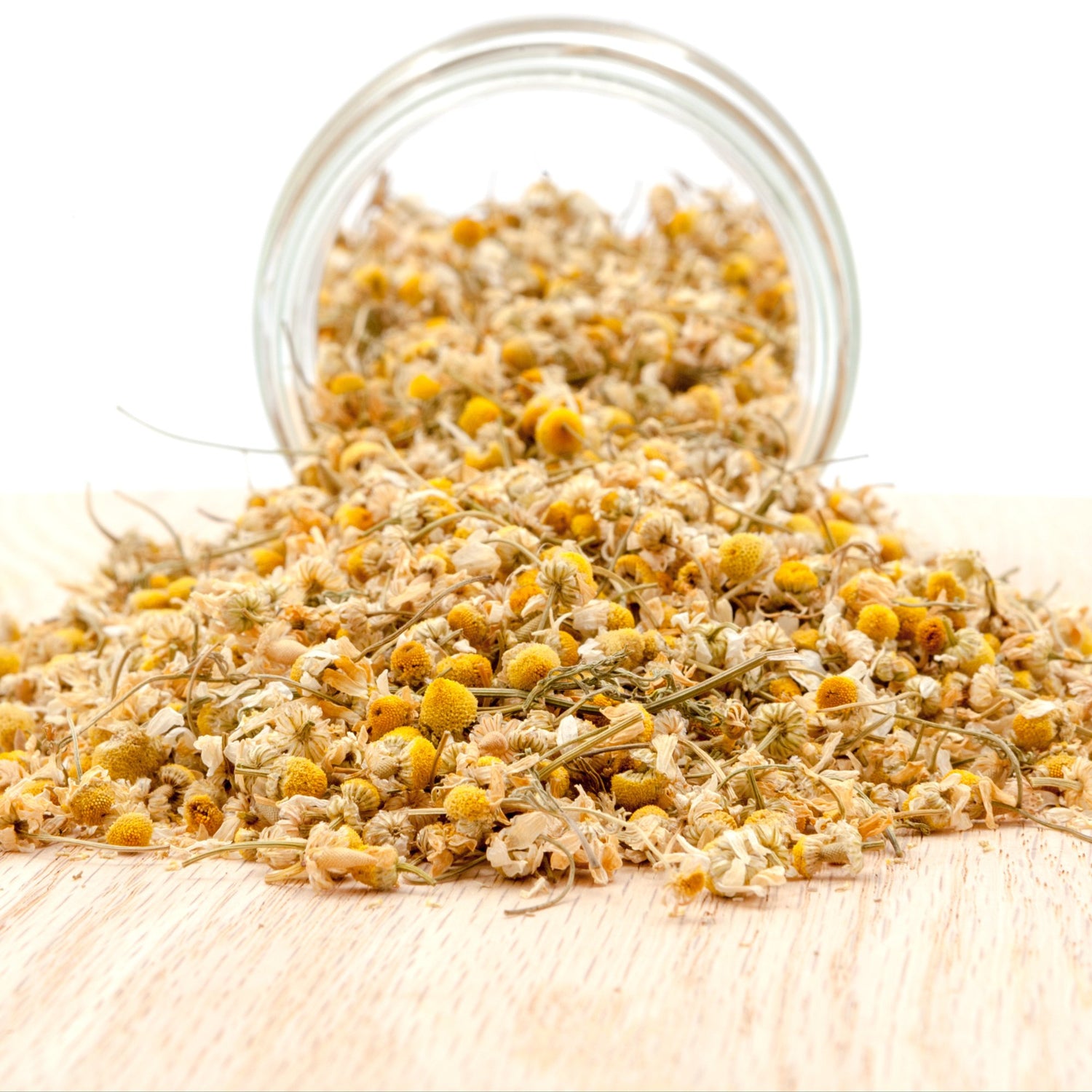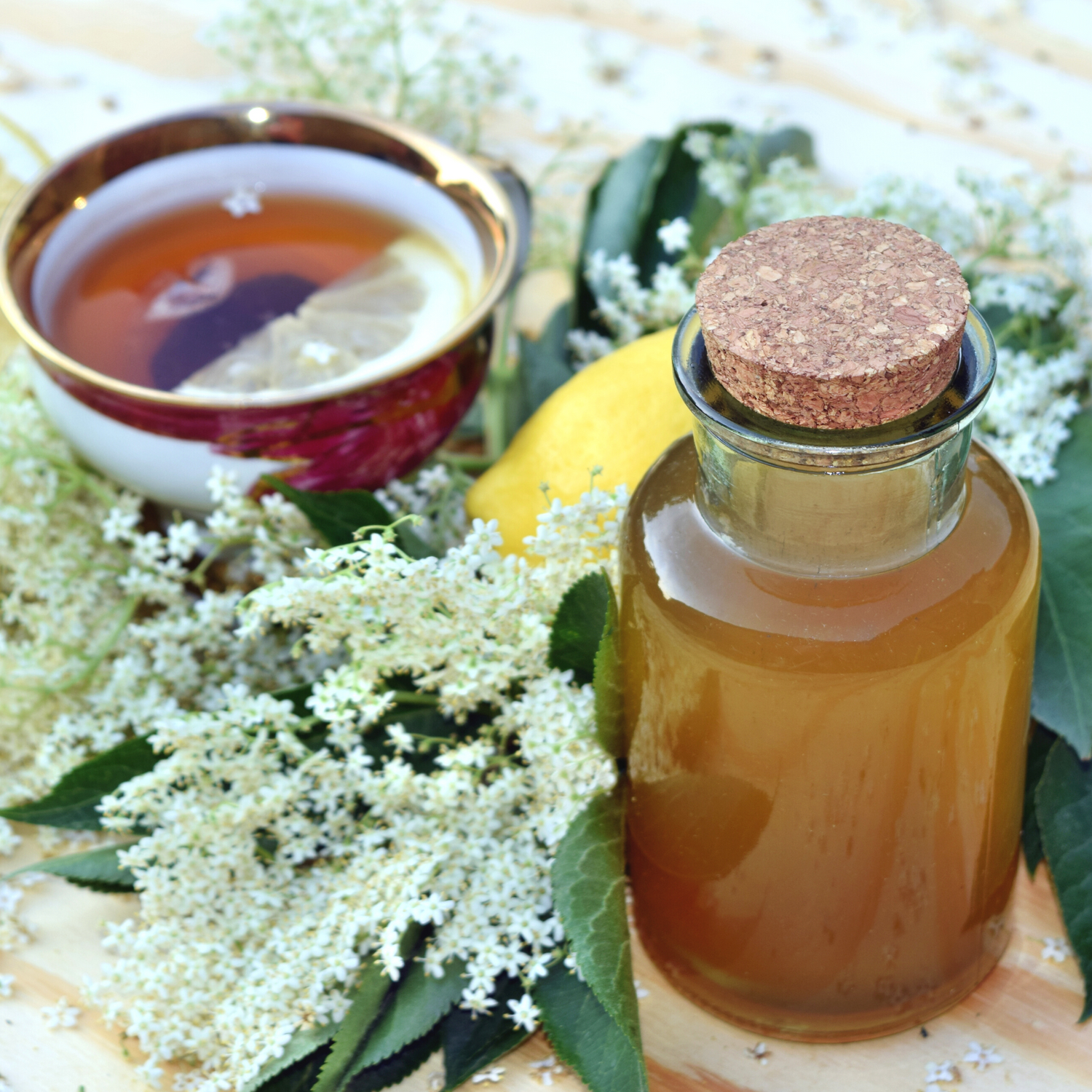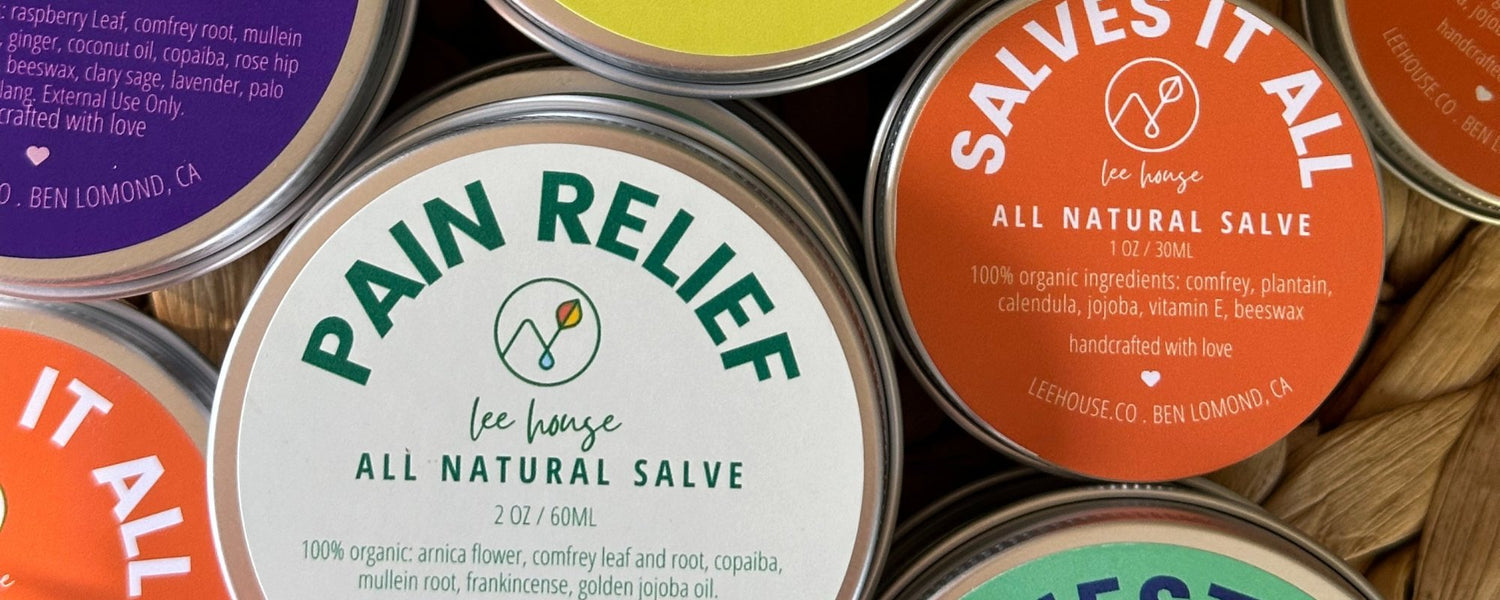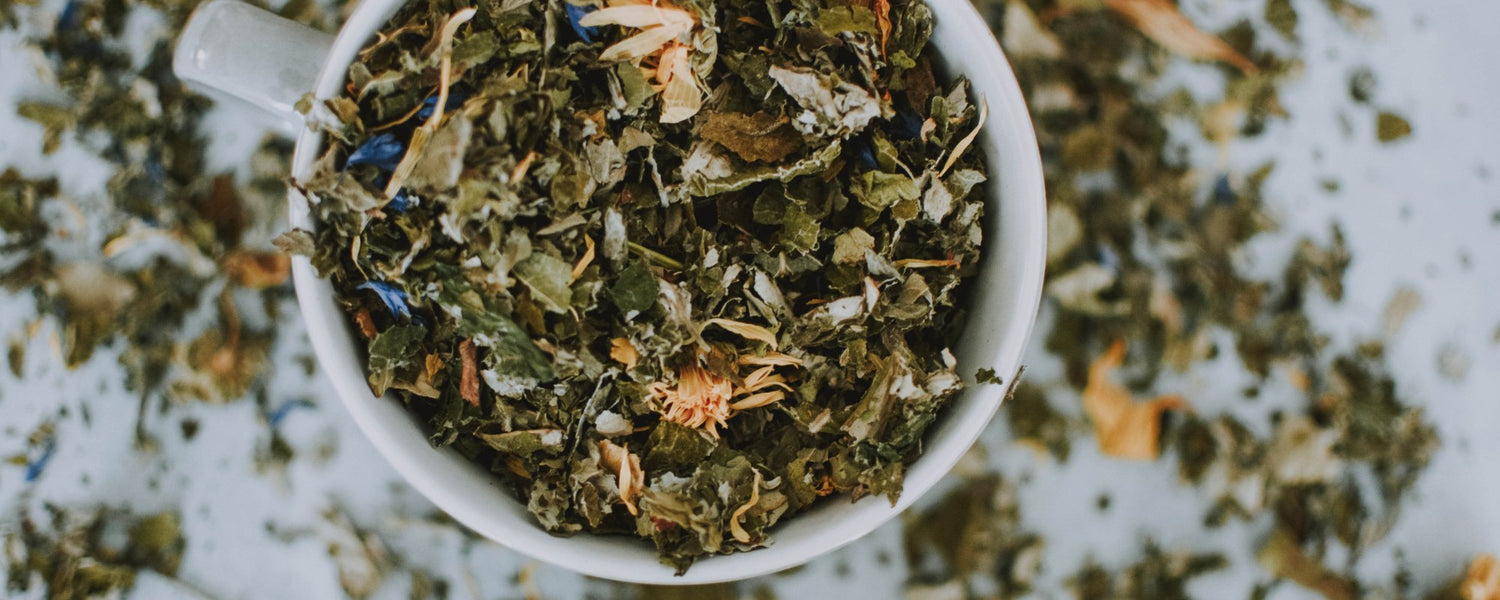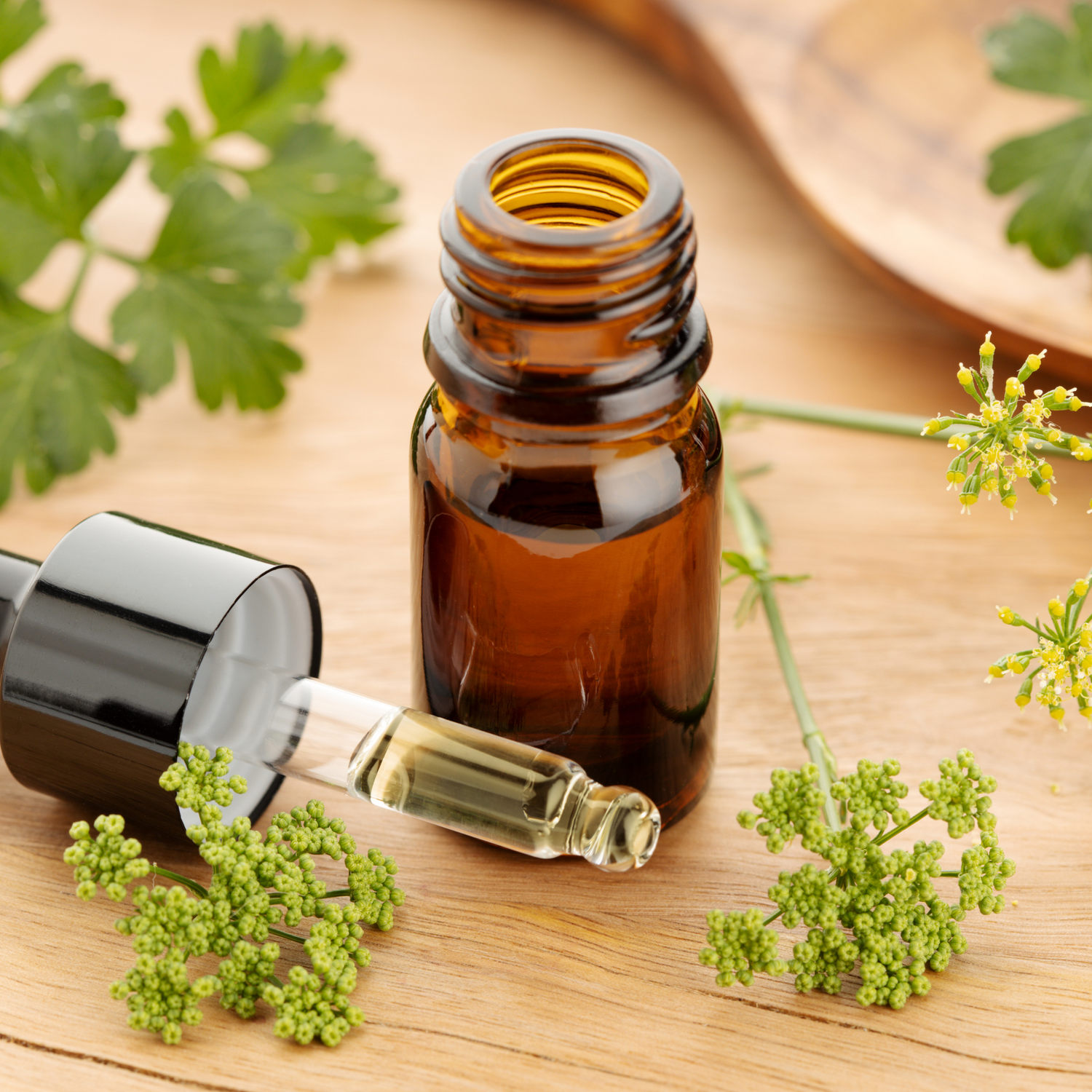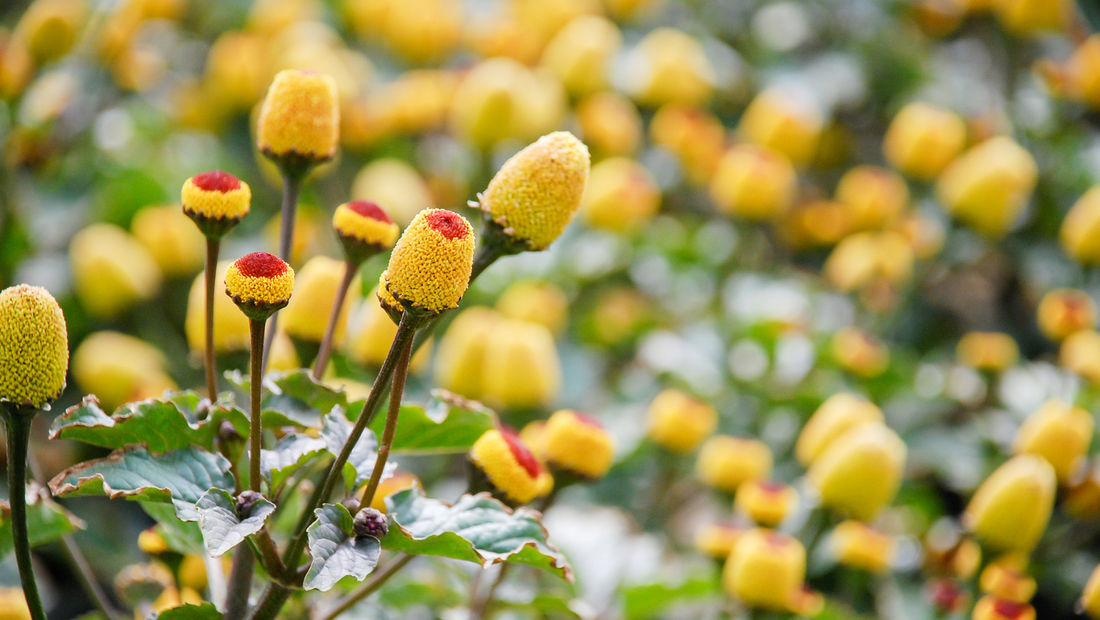
Spilanthes, the "Toothache Plant" - How to Grow, Care for and Use this Unique Herb
Share
Did you love Pop Rocks?
If so, you'll love Spilanthes!
Spilanthes acmella, also known as "Toothache Plant," "Buzz Button," and Jambu, is a unique and potent medicinal herb that is commonly used in herbal lore to support oral health, relieve pain and inflammation, and boost immunity. Spilanthes contain a variety of bioactive compounds, including spilanthol and alkylamides, which are responsible for their medicinal effects.
Spilanthes seedlings are fun and easy to grow, thriving in the ground, containers or pots, and indoor planters (with good lighting). They are also drought-resistant and can thrive in a wide range of soil types, making them a versatile and low-maintenance choice for any gardener.
And, spilanthes are cute and joyful little plants that are sure to make your heart sing anytime they catch your eye in the garden.
Spilanthes Growing Facts:
- USDA Growing Zone: 9-11
- Soil pH: 5.5-7.5
- Sunlight: Full sun to partial shade
- Tolerant of Light Frost: No
- Soil Requirements: Well-draining, fertile soil
- Spacing: 6-12 inches apart
- Mature height: 6-12 inches
- Propagation: Seeds or cuttings
-
Growing Guide for Spilanthes:
How to grow and care for Spilanthes:
-
Planting: Spilanthes can be grown from seeds or seedlings in a variety of settings, including gardens, pots, and indoor planters. The plant prefers well-drained soil and full to partial sunlight.
-
Watering: Spilanthes is a drought-resistant plant and can tolerate dry conditions. However, it still requires regular watering, especially during hot and dry periods.
-
Maintenance: Spilanthes is a low-maintenance plant that doesn't require much care. It can be fertilized once a month with a balanced fertilizer to promote healthy growth.
-
Harvesting: Spilanthes can be harvested once the flowers have bloomed. The flowers contain the highest concentration of the plant's active compounds, including spilanthol and alkylamides.
Planting Spilanthes in the Ground:
-
Choose a planting site: Spilanthes prefers well-draining, fertile soil and full to partial sunlight. Choose a location with good drainage and adequate sunlight for your Spilanthes plants.
-
Prepare the soil: Prepare the soil by removing any weeds, rocks, or debris. Add compost or other organic matter to improve soil fertility and structure.
-
Plant the seedlings: Dig a hole that is slightly larger than the root ball of your Spilanthes seedling. Place the seedling in the hole, and backfill with soil. Water the plant thoroughly.
-
Water the plants: Water your Spilanthes plants regularly, especially during hot and dry periods. Spilanthes is a drought-resistant plant, but it still requires regular watering.
-
Fertilize the plants: Spilanthes is a low-maintenance plant that doesn't require much fertilizer. However, you can apply a balanced fertilizer once a month to promote healthy growth.
Planting Spilanthes in Containers:
-
Choose a container: Choose a container that is at least 6 inches deep and has drainage holes. Spilanthes can be grown in any type of container, as long as it has good drainage.
-
Prepare the soil: Fill the container with a well-draining potting mix, leaving about an inch of space at the top for watering.
-
Plant the seedlings: Dig a hole in the potting mix that is slightly larger than the root ball of your Spilanthes seedling. Place the seedling in the hole, and backfill with potting mix. Water the plant thoroughly.
-
Water the plants: Water your Spilanthes plants regularly, allowing the soil to dry out slightly between waterings. Do not let the soil become completely dry, as this can damage the plant.
-
Fertilize the plants: Spilanthes is a low-maintenance plant that doesn't require much fertilizer. However, you can apply a balanced fertilizer once a month to promote healthy growth.
Some of the reported health benefits of Spilanthes leaves include:
-
Anti-inflammatory: Spilanthes leaves contain compounds that have been shown to have anti-inflammatory effects, which can help alleviate pain and swelling.
-
Anti-microbial: Spilanthes leaves have been used traditionally to treat various infections, including fungal and bacterial infections.
-
Oral health: Chewing on Spilanthes leaves can help promote oral health and relieve toothaches, gum pain, and other oral discomforts.
-
Digestive health: Spilanthes leaves have been used traditionally to aid digestion and relieve stomach pain and discomfort.
Ways to use Spilanthes:
-
Oral Health: Spilanthes is known for its ability to support oral health. Chewing on the fresh flowers can help relieve toothaches, gum pain, and other oral discomforts.
-
Pain Relief: Spilanthes has analgesic properties that can help relieve pain and inflammation. Applying a poultice made from the fresh flowers or using a tincture made from the plant can help alleviate pain.
-
Immune System Support: Spilanthes has immune-boosting properties that can help strengthen the body's defenses against infections. Drinking a tea made from dried flowers or using a tincture made from the plant can help support the immune system.
Spilanthes leaves are also considered medicinal and can be used in various forms of traditional medicine. However, it's important to note that the leaves may contain different concentrations of bioactive compounds compared to the flowers, which are typically the most potent part of the plant.
Growing Spilanthes is a great way to experience the amazing health benefits of this unique and potent medicinal herb. Whether you're looking to support your oral health, relieve pain and inflammation, or boost your immune system, Spilanthes is a versatile and easy-to-grow plant that deserves a spot in your medicine cabinet!




